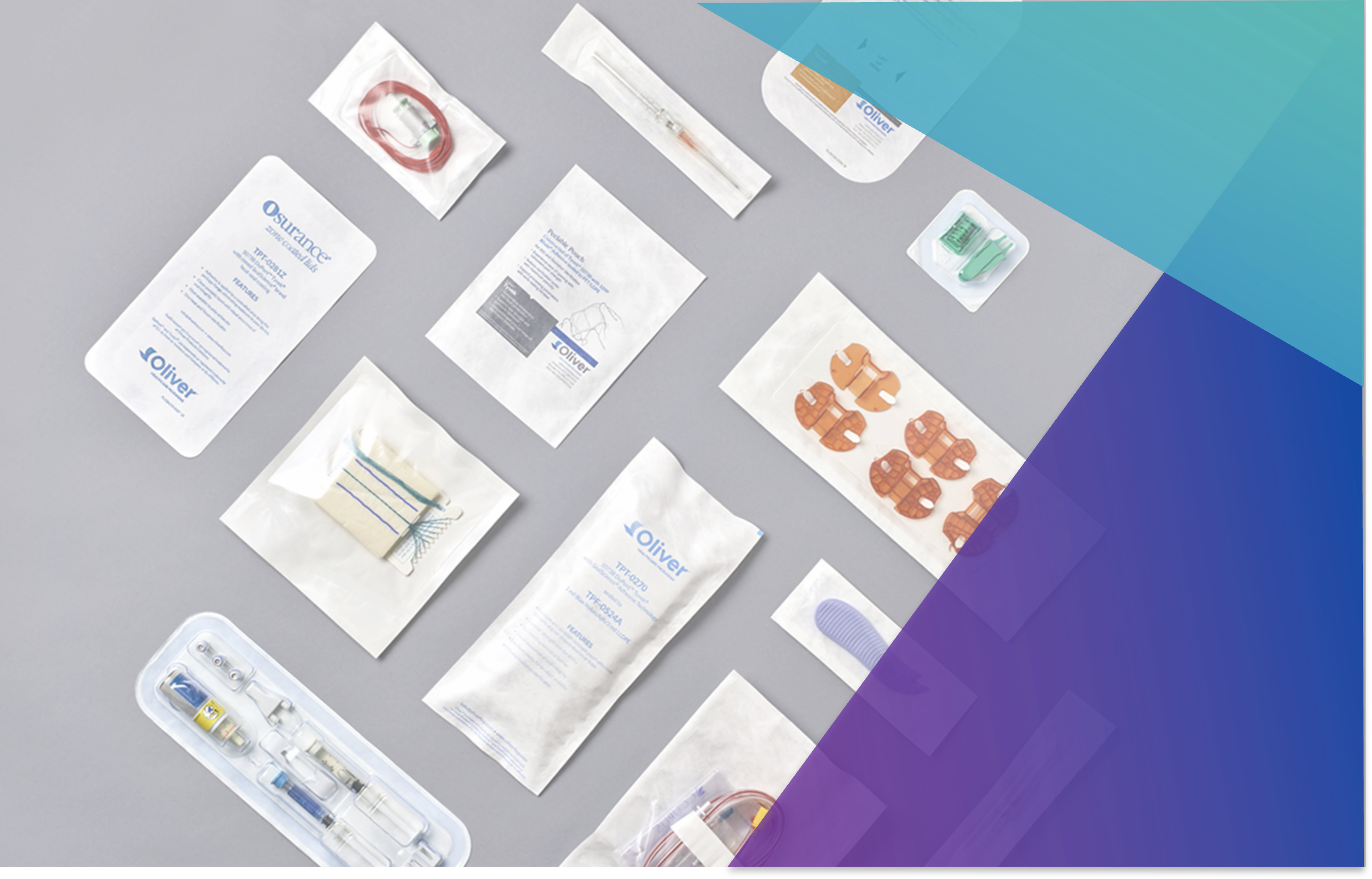What Does a Packaging Engineer Do?
It's often said that "everything you see comes in a package." But have you ever stopped to think about what goes into creating that package? Or even WHO? Behind every great package is a packaging engineer—a niche profession. Those who are familiar with what a packaging engineer does would say the role of a packaging engineer is to design and develop packaging that protects, contains, communicates, promotes, and positions a product, all while ensuring utilization. Depending on the industry or product a package is being developed for, some of those needs hold more importance than others. For instance, if a packaging engineer is developing a package for laundry detergent, containment and utilization are likely the key factors during the development process. Whereas a package designed for a medical device requires protection of the device (both from physical harm and contamination) and utilization (ability for the device to be aseptically transferred). But in my experience, the role of a packaging engineer is much more complex than designing and developing packaging
Before I dive into my experience at the event, I wanted to share a little bit about me. I’m currently attending Cal Poly San Luis Obispo and am in my third year as a business administration student with a concentration in Consumer Packaging. As a student, I was initially unsure of where or how I would fit into the packaging industry … that is, until I was introduced to healthcare packaging! After my first Co-Op at Johnson and Johnson Surgical Vision, I fell in love with healthcare packaging’s impact on bettering and saving lives.

One of the most important things I have learned during my time as a packaging engineer is to not underestimate the value of educating others on what a packaging engineer does and how it can add value to the product. Afterall, packaging plus a device equals a product. Packaging is a specialized profession and depending on the industry, there is limited awareness and understanding of the responsibilities of the role. Because of this, packaging engineers are often pulled into the development of a product late in the process, which can lead to unnecessary packaging failures. Packaging failures during design verification can delay timelines, prevent unnecessary utilization of resources, and can lead to regulatory scrutiny. Therefore, appropriately timed education empowers project team members to inform packaging engineers of product changes and decisions before they become the root cause of a packaging failure.
Speaking of regulatory, as a healthcare packaging engineer, understanding specific regulations and standards for packaging (i.e. ISO 11607) is instrumental to the success of the role. The packaging engineer is responsible for answering questions from regulatory bodies and having sound justification for why decisions on packaging were made. This does not mean that these standards need to be memorized but understanding the “why” behind decisions for sample size, test methods chosen, worst case justifications, etc., is a must. Knowing this information will help packaging engineers remain credible and trusted within their project teams and allow them to feel best prepared for regulatory questions.
The responsibilities of a packaging engineer don’t stop there. Packaging engineers often own supplier relationships, attend standard committee meetings to influence change in standardized test methods, test packaging in labs, and visit hospitals to observe clinical procedures. They write protocols and reports, problem solve, spend time on the manufacturing floor to observe and train operators, build samples, validate equipment and processes, lead project meetings, and present to leadership or peers. In addition to the above, representing the function in a way that fosters transparency, clear and consistent communication, and trust will ensure successful product launches.
With the increased focus on sustainability, the transition from clinical packaging use to in-home use (think COVID tests), and the ecommerce space, the opportunities to make an impact through packaging are endless. Now when you hear the phrase, “everything you see comes in a package,” will you think of the packaging engineer behind it?


.webp)
